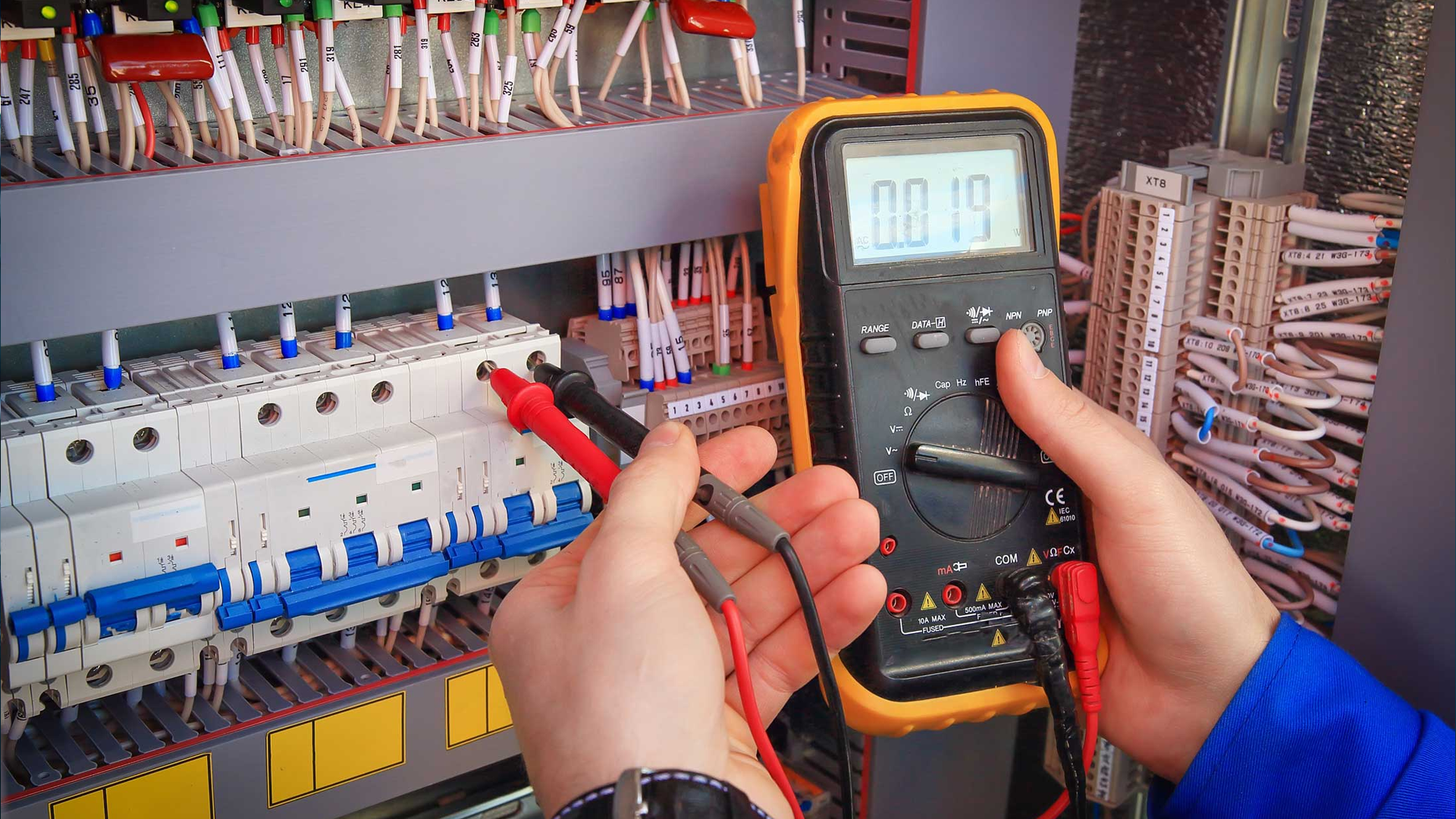When a power surge hits, it doesn’t knock on your door first. It silently travels through your home’s wiring and lands straight inside your appliances, your TV, PC, or refrigerator. Without surge protection, that small jolt of extra voltage can destroy delicate circuits and reduce your devices’ lifespan.
Many homeowners assume that their surge protection in a UPS or an outlet with surge protection is enough. But protection works in layers from plug-in surge protection devices to surge protection at the breaker box, each level plays a unique role. Missing even one layer can leave your home vulnerable to sudden voltage spikes, especially during storms.
How Does Surge Protection Actually Work?
Electricity constantly flows through your home like traffic on a busy highway. When a surge happens caused by lightning, grid switching, or large appliances, it’s like a truck suddenly speeding into that lane.
That is where a metal oxide varistor surge protection device steps in. It diverts excess energy safely to the ground before it reaches your gadgets. Modern systems like APC surge protection or FPL surge protection use these components to absorb and neutralize excess voltage automatically.
If your home uses a surge protective device type 2 installed at the breaker box, you’re already protected from large, external surges before they ever reach your wall outlets.
How to Choose the Right Surge Protection for Home Devices
What’s the best way to protect a PC from a power surge? Start with UPS surge protection, which provides backup power and guards against small fluctuations. Then add a power strip with USB surge protection for your workspace. These not only prevent damage to electronics but also keep your mobile devices safe while charging.
If you use multiple gadgets, consider extension surge protection options for convenience. Always check whether your power strip is actually surge-protected, not all strips include it. You can be confused sometimes and search for whether our power strips are surge-protected by default. Then the answer is no, many are not. So you need to look for ones that clearly mention “surge protected” or include a light indicator.
How Much Surge Protection Do You Really Need?
Have you ever been concerned about how many joules of surge protection you need? This question matters more than most people realize. The joule rating tells you how much energy a surge protector can absorb before failing.
Here is a simple guide:
- 1000–2000 joules: Small electronics (routers, lamps, TVs)
- 2000–4000 joules: Computers, gaming consoles, entertainment systems
- 4000+ joules: Refrigerators, air conditioners, or homes in high-storm areas
If you’re unsure how much surge protection you need, go higher, so your devices may not suffer and you can also increase them in the future.
Why Surge Protection at the Breaker Box Is Essential
Do you really know what surge protection at breaker box does? Here is the answer: your home is the first line of defense. It prevents large external surges, like those from lightning or grid issues, from ever entering your internal wiring. Installing a surge protective device type 2 here protects every outlet downstream. It is especially effective when combined with plug-in surge protection for individual devices. During severe weather, this system helps prevent costly damage from storm surge protection issues those sudden voltage surges that accompany lightning strikes or power flickers.
Surge Protection vs Grounded Protection: What is the Difference?
Grounded protection refers to having proper electrical grounding, essential for safely redirecting excess voltage. Surge protection adds an active layer, reacting instantly when voltage spikes occur.
Both are necessary. Without grounding, even the best APC surge protection or LCEC surge protection plan won’t perform effectively. Always make sure your home’s grounding system is up to code before installing surge devices.
Can a Surge Protector Protect Against Lightning?
This is one of the most common questions people ask. The short answer: partially. Only a simple power strip cannot stop a direct lightning strike because it is not built for that. But when combined with surge protection at the breaker box and metal oxide varistor surge protection devices, it can drastically reduce damage from indirect lightning or storm-induced voltage spikes. That is why most electricians recommend using both whole-house and plug-in surge protection systems together.
Do You Need a Surge Protection Plan?
For many households, signing up for a surge protection plan with your local utility (like FPL or LCEC) is an added layer of assurance. These plans often cover electrical repairs or replacements if your connected devices get damaged by power surges. It is a small monthly cost, but it ensures peace of mind, especially in areas prone to power fluctuations or lightning storms.
Final Thoughts: Is Surge Protection Necessary?
Yes, and here is why: every device you own is at risk from invisible electrical spikes. From your phone to your fridge, everything depends on stable voltage.
Without surge protection, one unexpected jolt can mean hundreds of dollars in repairs or replacements. The right combination of surge protection in UPS, extension surge protection, surge protection at the breaker box, and a reliable surge protection plan keeps your home and your wallet safe.
So the next time you plug in your laptop, you won’t have to wonder “What if a surge hits?” because you’ll already be protected.

